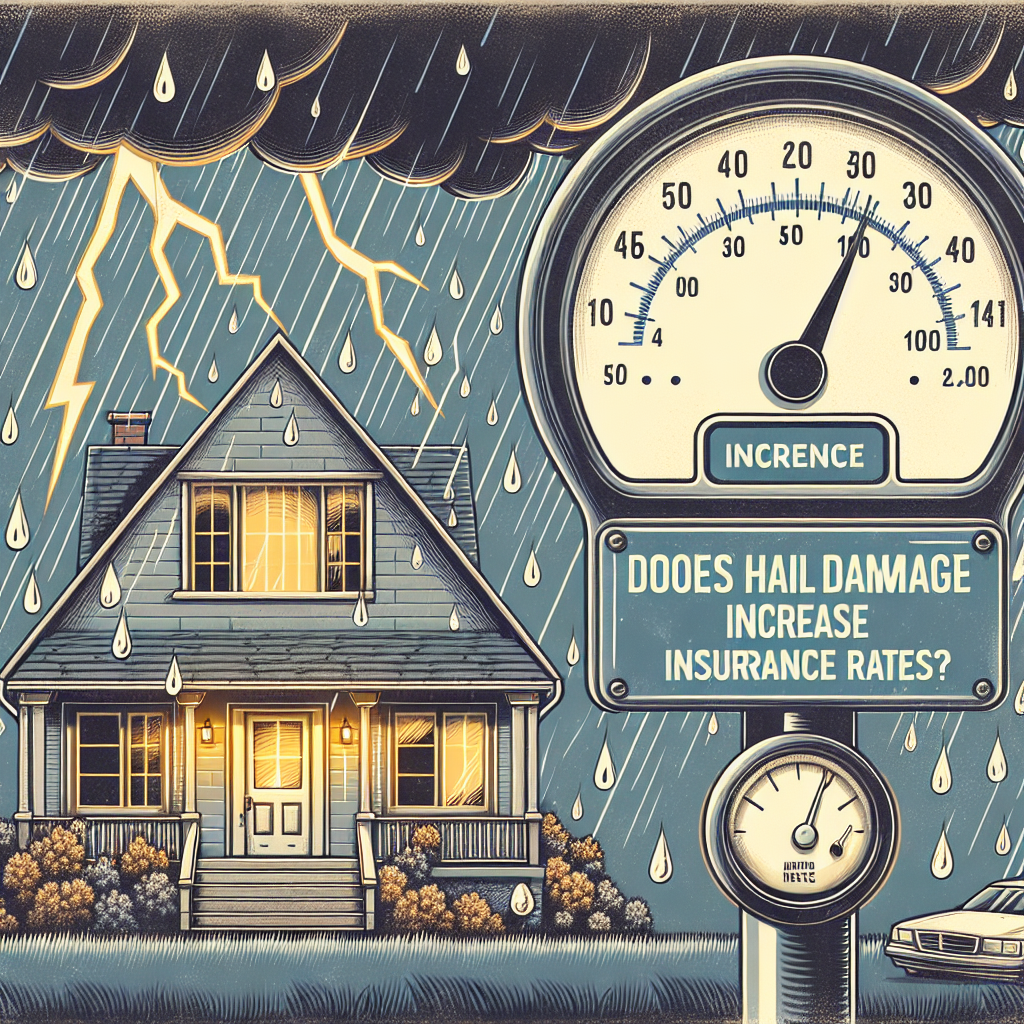Filed under Home Insurance on
Essential Guide: Key Features in Home Insurance Coverage

Home insurance is an essential safeguard, offering peace of mind to homeowners who wish to protect their property and belongings. While it might seem straightforward, home insurance policies can be complex, with various coverage features that can significantly affect the scope and cost of your policy. In this essential guide, we’ll explore the key features in home insurance coverage, helping you make informed decisions that align with your specific needs.
Understanding Home Insurance Coverage
Home insurance, also known as homeowners insurance, is a policy that provides financial protection against losses occurring due to theft, accidents, and specific natural disasters. Knowing the different key features in home insurance coverage can empower you to choose a policy that offers the best value and protection.
Dwelling Coverage
The cornerstone of any home insurance policy is dwelling coverage, which protects the structure of your home. This includes your roof, walls, and built-in appliances. Essentially, dwelling coverage is designed to cover the cost of rebuilding your home from the ground up in the event of a disaster.
Factors influencing the amount of dwelling coverage you need include the size of your home, construction material, and current market value. As construction costs fluctuate, it’s wise to review and possibly upgrade your coverage every few years to ensure sufficient protection.
Personal Property Coverage
Personal property coverage is another key feature in home insurance coverage, providing protection for your personal belongings. This can include furniture, electronics, clothing, and other valuables. Typically, personal property coverage is a percentage of your dwelling coverage, often ranging from 50% to 70% of the total policy limit.
To determine adequate coverage, it’s useful to take an inventory of your belongings. Consider high-value items like jewelry and art, which may require additional coverage or endorsements to be fully protected due to policy limits on valuables.
Liability Protection
An essential aspect of home insurance is liability protection, which covers legal expenses and damages if someone is injured on your property or if you accidentally cause damage to someone else's property. Liability protection features in home insurance coverage typically start at $100,000, but experts often recommend increasing that amount to at least $300,000 to ensure adequate protection.
This feature is crucial for situations that could lead to lawsuits, such as a slip and fall accident on your icy driveway or your dog biting a neighbor. Evaluating your risk level and lifestyle can guide you in setting the appropriate liability coverage.
Additional Living Expenses (ALE)
In the event your home becomes uninhabitable due to a covered loss, Additional Living Expenses (ALE) coverage helps you pay for temporary housing and related costs. This can include hotel bills, restaurant meals, and other expenses you incur while your home is being repaired.
ALE is typically subject to a coverage limit, often a percentage of the total dwelling coverage, or a time limit. Assessing the potential costs of living outside your home can help determine the necessary level of ALE coverage you might need.
Coverage for Detached Structures
Often overlooked, coverage for detached structures is another vital feature of home insurance coverage. This covers structures on your property that are not directly attached to your home, such as a garage, shed, or fence. Generally, this coverage is around 10% of your dwelling policy, but you may need more if you have multiple or high-value detached buildings.
Consider all external structures in your home insurance assessment to avoid underinsurance and ensure a comprehensive security net around your property.
Endorsements and Optional Coverages
While a standard home insurance policy shields many aspects of your home and belongings, certain situations and items may not be fully covered. Endorsements and optional coverages allow you to tweak and expand your policy as per your needs.
Flood and Earthquake Insurance
Natural calamities like floods and earthquakes are often not covered under standard home insurance policies. If you live in a region prone to these events, adding flood and earthquake insurance as separate policies or endorsements is advisable. These coverages provide disaster-specific safeguards, filling in the gaps of your homeowners insurance.
Water Backup Coverage
Another optional coverage to consider is water backup coverage, which protects against damage from water backup through sewers or drains. Given how common and costly water-related damage can be, this addition can be an invaluable part of your home insurance coverage strategy.
Identity Theft Protection
In today’s digital age, identity theft is a persistent threat. Some insurers offer identity theft protection as an add-on, reimbursing expenses related to restoring your identity if compromised. This feature can prove invaluable, offering peace of mind beyond the physical damage coverage typically associated with home insurance.
Factors Influencing Insurance Premiums
Understanding the key features in home insurance coverage is crucial, but it's also important to comprehend what factors might influence your insurance premium.
Location and Home Value
One of the primary determinants of your home insurance premium is the location of your property. Homes in areas susceptible to natural disasters or with higher crime rates often face higher insurance costs. The value of your home and the cost to rebuild also play significant roles in pricing.
Deductible Amount
The deductible is the amount you pay out-of-pocket before insurance kicks in after a claim. Choosing a higher deductible can lower your premium, but it also means more financial responsibility for you in the event of a loss. Balancing your ability to pay with the desire for lower premiums is key.
Your Credit Score
Insurers often use credit scores to gauge risk, with higher scores generally leading to lower premiums. Maintaining a good credit score is thus beneficial not only for obtaining loans but also for securing more affordable home insurance.
Choosing the Right Home Insurance Policy
With a grasp of the key features in home insurance coverage, the next step is to select a policy that aligns with your needs and budget.
Comparing Policy Quotes
Obtain and compare quotes from multiple insurers to understand the market landscape and identify the best value. Ensure you are comparing policies with similar coverage limits and options to make an informed decision.
Understanding Policy Exclusions
It's crucial to thoroughly read and understand policy exclusions—things your policy will not cover. Being knowledgeable about these exclusions will help avoid unpleasant surprises during the claims process.
Consulting with an Insurance Agent
An experienced insurance agent can provide valuable insights and recommendations personalized to your specific circumstances, helping to navigate the complexity of home insurance policies.
Conclusion
Home insurance is more than just a financial product; it's a vital tool that offers security and peace of mind. By understanding the key features in home insurance coverage, you can tailor your policy to maximize protection and minimize risk. Whether you're new to homeownership or reevaluating current policies, this guide equips you with the knowledge to navigate the intricacies of home insurance.
In this ever-evolving landscape, staying informed and proactive can make all the difference. Protect your most significant investment armed with a policy that not only meets your needs but does so comprehensively and efficiently.





